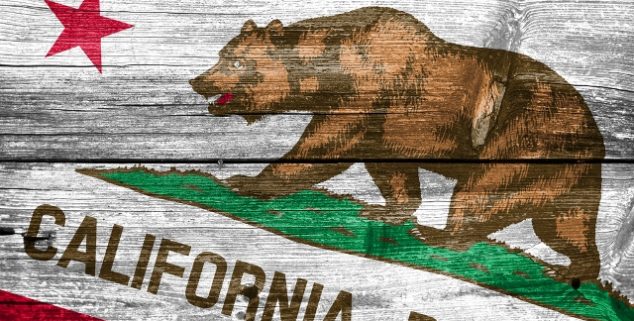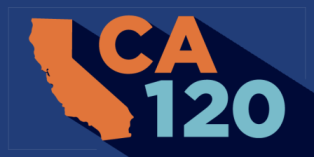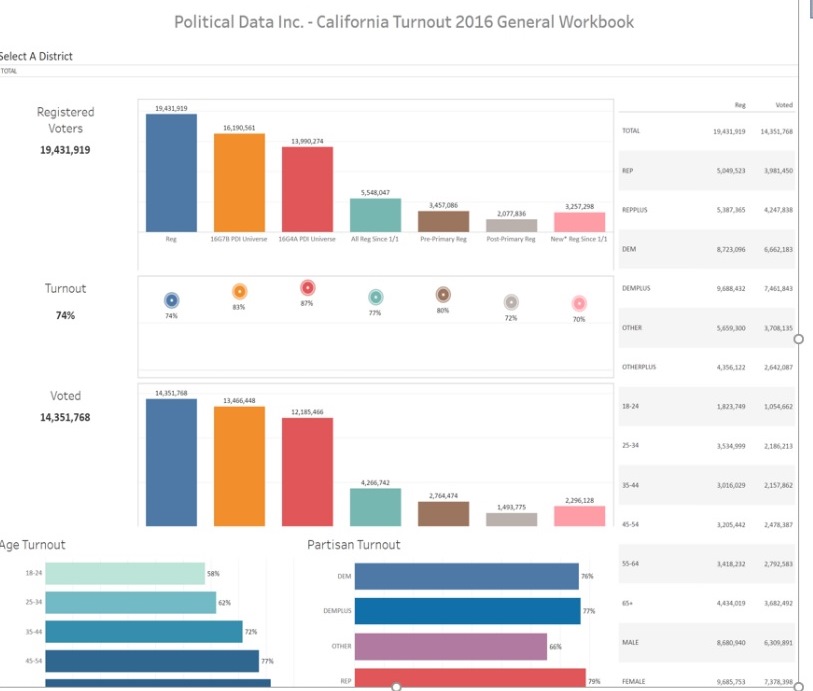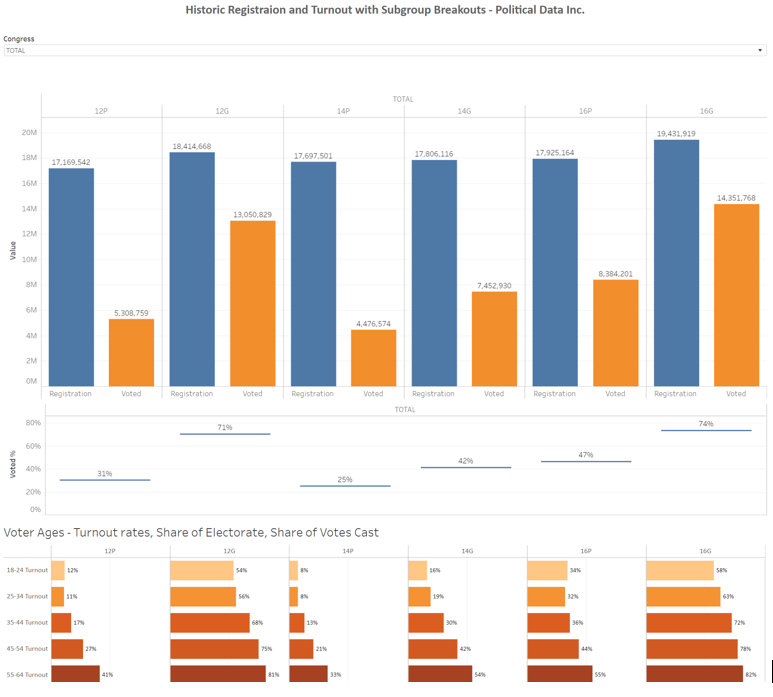News
CA120: The lowdown on California’s election
 An illustration of California's flag. (Lukasz Stefanski, Shutterstock)
An illustration of California's flag. (Lukasz Stefanski, Shutterstock)Immediately after the 2016 general election, there were a number of people and organizations who made quick analyses of the electorate to explain what happened.
Here in California we appeared to be bucking a national trend: While the Republican ticket over performed in key swing states on the East Coast and upper mid-west, California saw Democrats regain legislative super-majorities in both houses, hold swing congressional seats and make Republicans appear more vulnerable than they have in many years.
Now that we finally have in the 2016 vote history from all 58 counties, we can actually dissect what happened in terms of registration, turnout, participation by minorities and young voters, and how the tumultuous months leading up to Nov. 8 made the 2016 General Election look very different than past California elections.
We have dissected the data for Capitol Weekly readers in two interactive datasets that explore what actually happened.
The first one is a 2016 General Election analysis, with pull-downs for every county and legislative/congressional district in the state, showing the breakdown of registration and turnout, and analyzing voters by age, ethnicity, partisanship, voting behavior and other socio-demographics. 
This analysis allows us to explore the data in three ways: raw numbers, percentages and shares.
So, for example, we can see that in raw numbers, over a million 18-to-24 year-olds voted.
In terms of percentages, they comprised just 58% of the turnout, compared with seniors who had an 83% turnout. And while the younger voters have a 9.4% share of the total registered voter population, their lower participation meant they only accounted for 7.4% of all votes cast.
One big takeaway from this analysis regards Latino voters.
With a spike in registration in 2016, they accounted for nearly 5 million of the state’s 19.4 million voters, and they had a 68% turnout — five points higher than African Americans, and just one-point below Asian turnout. This contributed to Latinos reaching a record high 23.4% of total votes cast in the election.
One big question from this cycle was about the turnout for new registrants, and this analysis gives mixed results.
The turnout for all voters who were newly registered or who re-registered in 2016 was higher than the average California voter.
But if you were to look at just those new first-time registrants, the number dips to 70%, four-points below the average voter. While this is a drop, the fact is that these new registrants were much younger than the average voter, and if you compare that 70% turnout to the 58-62% turnout of their peers, you can see that new registrants were actually out-performing.
One question that many have had about the registration surge was whether the pre-primary registrants — especially those who might have been registering to vote for Bernie Sanders — would hang on and vote in the general election. The data suggests that, yes, they did continue to participate, and their registration rate was 80%, much higher than the average Californian, and reaching the 83-87% high of Political Data’s “likely voter” universes.
This analysis can also give breakdowns for each district’s renter-versus-homeowner population and looks at voting behaviors, such as how many voters are casting their ballots by mail early, and how many are holding on to their ballot and returning them late.
But this analysis of young voters and Latinos, viewed simply within the 2016 lens, doesn’t tell us the whole picture. We need a frame of reference.
And for this we have created a second infographic that compares this election cycle to the five past elections. 
This allows us to look at the age breakdown in terms of turnout, registration share and vote share for 18-to-24 year-olds, and to see how it fluctuated between primary and general elections, and within both gubernatorial and presidential election cycles.
For example, this 58% turnout for 18-24 year olds was just four points higher than the 2012 Obama/Romney general election in 2012. But it was whopping 50-points higher than the 2014 gubernatorial primary election where their turnout rate was only 8%. It also shows that while primaries are usually lower turnout than statewide general elections, young voter turnout in the 2016 primary was 34%, more than twice their turnout rate of 16% in the 2014 general.
This analysis also shows how Latino turnout in 2016, in both the primary and general elections, was record-setting. Not only did the 23.4% turnout in the general election shatter previous records, the 20% share of the electorate for Latinos in the 2016 primary out-shined their share of the electorate in the 2012 primary, an election where Latinos more commonly turnout in high numbers.
This analysis also shows how in the 2016 General election non-partisan and voters within other small parties combined to be larger than Republican registration for the first time.
Yet higher turnout for Republicans maintained their lead over these voters in terms of influence in the final electorate.
These infographics can tell us a lot about statewide and local district and county trends, but what it doesn’t tell us is what happens next.
Are we on a trend that is defined more by the events of the 2016 election cycle, and the ongoing shaping of our national conversation that seems to be an extension of that fight? Or is it telling us that future elections, particularly the coming governor’s race, will revert back to old trends?
That will be something we explore in our next article.
—
Ed’s Note: Paul Mitchell, a veteran political strategist and a regular contributor to Capitol Weekly, is the founder of the CA120 column and the vice president of Political Data, which markets information to campaigns in both major parties.
Want to see more stories like this? Sign up for The Roundup, the free daily newsletter about California politics from the editors of Capitol Weekly. Stay up to date on the news you need to know.
Sign up below, then look for a confirmation email in your inbox.

Leave a Reply